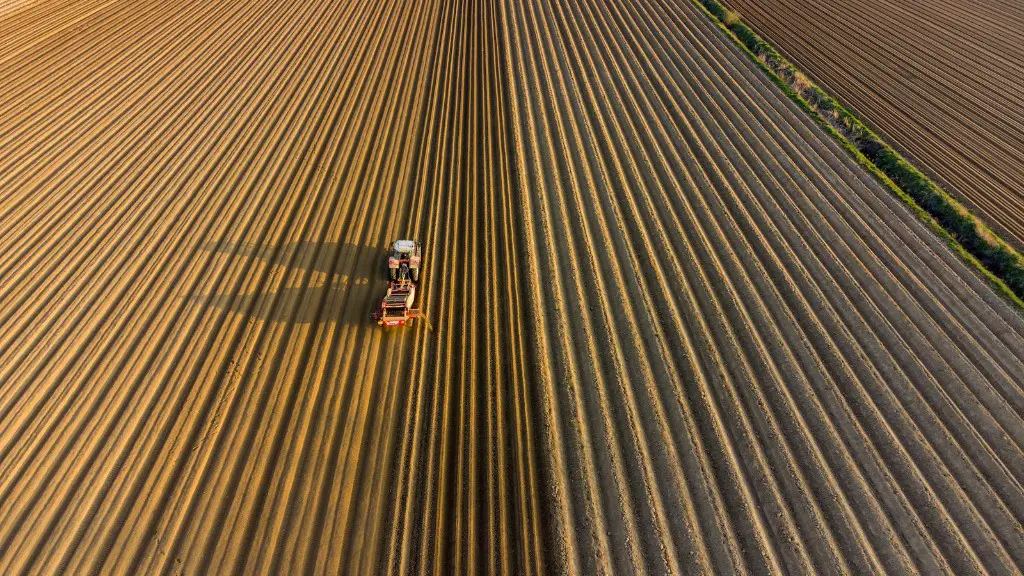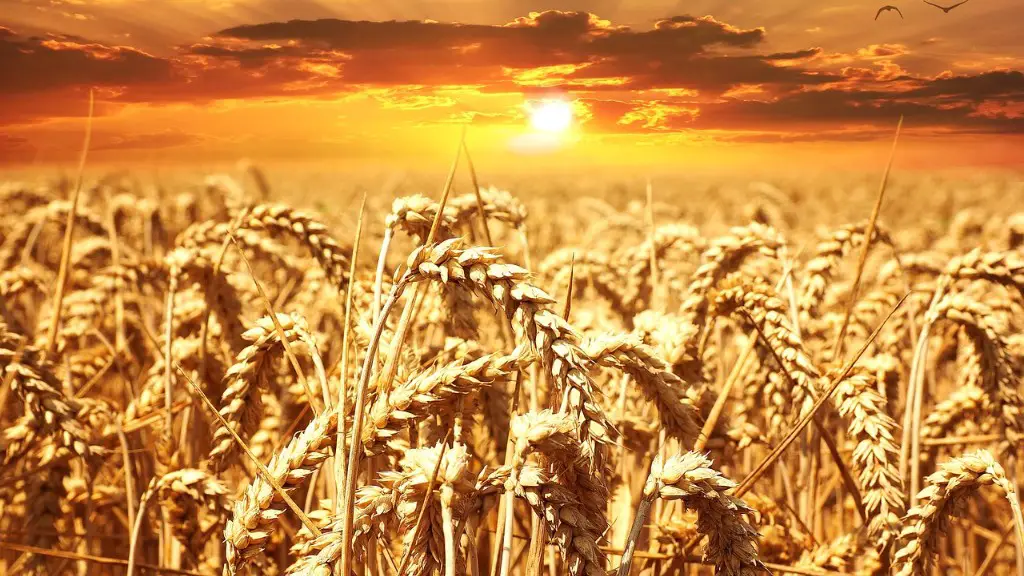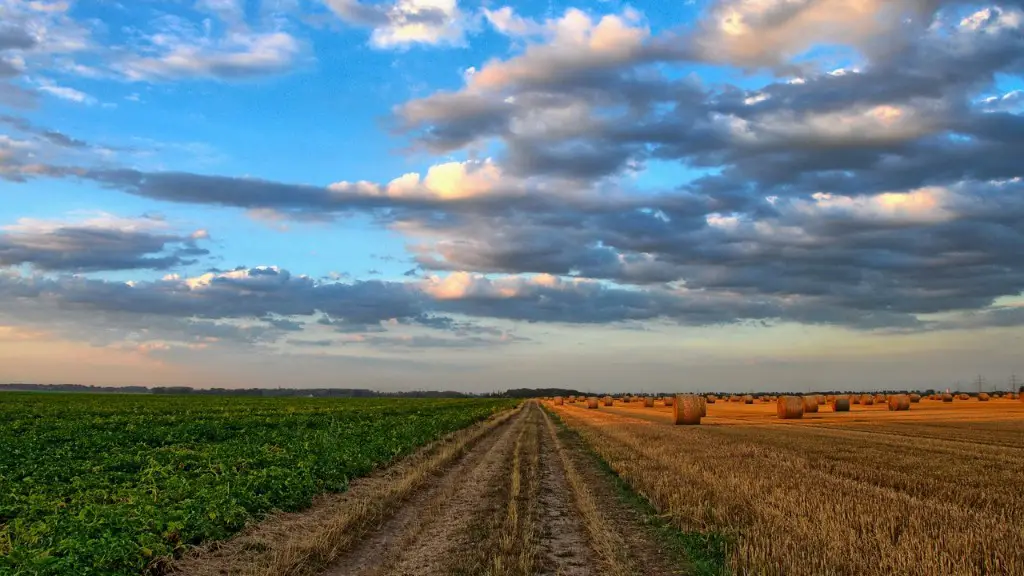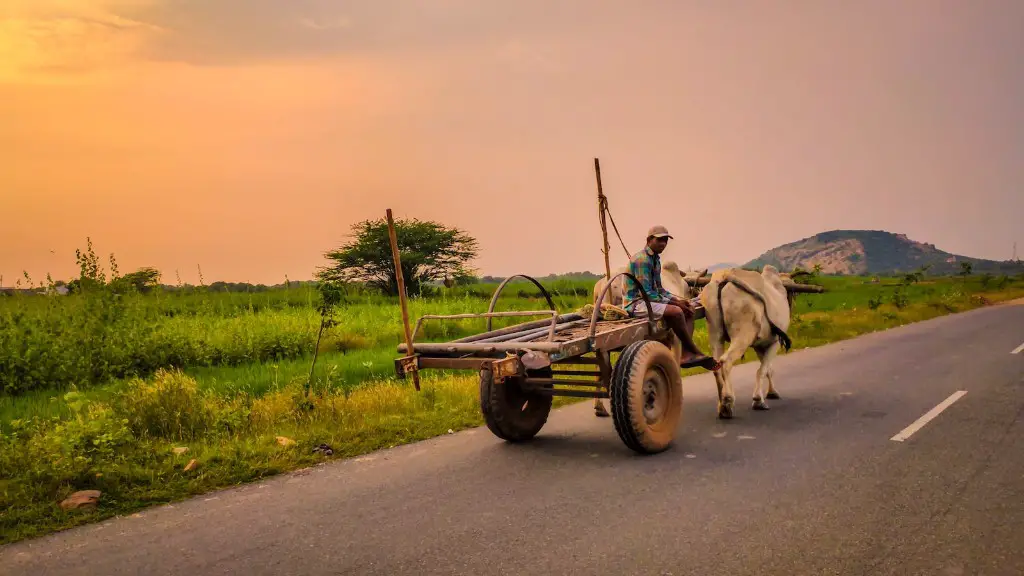Using artificial intelligence (AI) in agriculture offers a wide range of benefits. It helps to streamline tasks, increase efficiency and reduce costs. AI-driven approaches are being adopted increasingly in the agricultural industry, enabling farmers to produce crops more sustainably and efficiently. AI offers advanced decision-making capabilities, along with better visibility and analytics to the industry.
By analyzing data collected from sensors, satellites and other sources, AI can be used to identify climate and weather patterns and provide tailored advisories for farmers to take measures towards mitigating the effects of climate change. AI can also be used in precision agriculture, which involves using sensors, robotic systems and drones to collect data. This data can be used to optimize field operations, including irrigation, fertilization and weed elimination, thereby increasing yield and improving crop quality.AI can also have beneficial effects on pest control, by using remote sensing, AI-based crop protection systems and insect vision systems to estimate the current damage and help farmers make informed decisions to reduce losses and control the spread of pests.
AI can be used to detect and diagnose crop diseases before they become apparent and track their development. This helps farmers to anticipate and address issues before they become too severe. AI can be used to design optimal irrigation networks taking into account terrain, soil properties and crop types, and to detect water leakage in order to reduce water losses.
AI-driven robotics and autonomy provide another avenue for farmers to increase efficiency. The use of autonomous machines for tilling and planting, harvesting and irrigating can drastically reduce manual labor and increase production accuracy. For livestock management, AI-driven systems can be used to monitor animal behavior and track the performance of herds.
Overall, AI is transforming the way in which the agricultural industry operates, enabling farmers to reduce costs and increase efficiency. This can have a positive impact on food production, yield and quality, as well as on the environment.
Precision Agriculture
Precision agriculture is a process of using modern technologies, such as GPS, drones and sensors to collect data, in order to analyze and make decisions to maximize efficiencies and improve yield. The use of AI in precision agriculture is becoming increasingly crucial, as it can provide the analysis needed to make informed decisions. By collecting data such as soil composition, temperature and moisture levels, AI can help farmers manage their fields more effectively and reduce water and other resource wastage.
For example, AI can be used to monitor and manage fertilizer and pesticide use. AI-based systems can also provide predictive analytics to estimate crop yield, thereby enabling farmers to optimize resource allocation. AI can help farmers accurately identify pests and diseases, detect anomalies in nutrient distribution and detect damage from severe weather conditions.
Furthermore, AI can be used for automated cultivation and harvesting, such as robot farmhands, autonomous tractors and robotic crop dusters. These automated tools can work more efficiently and accurately than humans, and can help reduce labor costs and minimize human contact. AI can also be used to identify areas where labor costs are too high and develop strategies to increase efficiency and reduce wastage.
Overall, AI is having a major impact on precision agriculture, enabling farmers to make better use of resources, increase yields and reduce wastage.
Animal Husbandry
AI can be used to enhance the efficiency and safety of animal husbandry. AI-based systems can monitor animal health, prevent diseases and detect the early signs of illness. These systems can also be used to detect nutritional deficiencies and help farmers optimize animal diets. AI can be used to monitor animal behavior and movement patterns, collect data on production and quality and monitor herds for activity and efficacy.
AI can also be used to automate feed systems, detect and avoid parasites, automate milking systems and optimize animal genetics. For example, AI-driven systems can identify optimal breeding pairs and monitor the performance of animals over time to develop better breeding strategies.
AI is also playing an important role in reducing the need for manual labor. AI-driven systems can be used to identify potential problems and send out alerts to farmers. This helps to minimize the need for direct human involvement, while still ensuring the well-being of animals.
In summary, AI is transforming animal husbandry, enabling farmers to reduce costs and increase efficiency. AI-driven systems can enhance the quality and productivity of livestock, as well as overall animal health, welfare and safety.
Sustainability
AI is also playing an important role in increasing the sustainability of agricultural systems. AI can be used to analyze data on water consumption and environmental conditions, and develop strategies to optimize resource use. AI-driven systems can be used to detect water leaks, optimize irrigation systems and improve water conservation.
AI can also be used to monitor agricultural activities such as soil fertility, pest control and crop performance. These systems can provide insights on the potential impacts of agricultural activities on the environment and help to identify areas where there is potential for improvement. AI can also be used to analyze the effects of climate change on crop production, and develop methods to mitigate these effects.
Overall, AI is helping to reduce resource wastage and increase sustainability in the agricultural industry. By analyzing data and developing tailored solutions, AI can help farmers reduce their environmental footprint and increase the efficiency of their operations.
Economic Benefits
AI can also be used to enhance the economic performance of agricultural systems. AI-driven systems can help farmers improve the productivity of their operations, reduce wastage and increase their profits. For example, AI can be used to identify underperforming areas and help farmers target their resources where they are most needed.
AI can also be used to automate and optimize production processes, such as planting, harvesting and packaging, thereby reducing costs and increasing efficiency. AI-driven systems can also analyze data to help farmers identify ways to increase yields, identify areas for cost savings and streamline processes.
In addition, AI can be used to optimize logistical processes, such as tracking of goods and shipping times, as well as to manage transportation and distribution. AI-driven systems can also be used to predict market trends and help farmers make informed decisions when it comes to their crops.
Overall, AI can help farmers to increase their profits, reduce costs and maximize their efficiency. AI-driven systems can provide insights and solutions to help farmers make informed decisions and optimize their operations.




